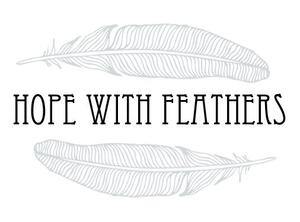Photo of Central Park Bridle Path by Josh Kill
October! Orchard of the Year! Ripened seeds share their pods. Apples drop in the stillest hours. Leaves begin to let go when no wind is out, and swing in long waverings to the earth, which they touch without sound, and lie looking up, till winds rake them, and heap them in fence corners. The woods are thinner, so that we can see the heavens plainer. The days are calm. The nights are tranquil. The year's work is done. She walks in gorgeous apparel, looking upon her long labor, and her serene eye sayeth, "It is good."
-Henry Ward Beecher
I've noticed something recently in education. I'm not sure if its old or new, a growing trend or perhaps I'm only just now noticing, but I believe we are offering up dry, stale goods to children with appetites for delicious, whole, rich, and colorful food. Fill in the blanks and worksheets and drills occupy much of the stuff that our children are being fed, while teachers and busy mothers alike, nick off boxes and breathe a sigh of relief that the day's information has been duly tucked into young minds, that the regimen is carried out, and preparation for standardized tests has been accomplished. Check.
Formulas reign. Methods have become madness. Childhood wonder walks out the door.
This is not education.
What if there was a way to educate our children in the necessary disciplines while inciting greater curiosity? What if there was a way to get it done while simultaneously forming attachments between students and their subjects?
Education is a life.
I have much to say on this subject, as it occupies my days and my thoughts with my own children, but I thought today I'd offer a peek into what language arts looked like one day with my eleven year old this week. I am not an expert, and this is not an exhaustive explanation- but rather the musings of a mother who wants to capture wonder in the midst of the mundane. Here's a peek into how we got it done:
Spelling and grammar could have been taught using lists and explanations of rules, but instead, we decided to capture some of the beauty of Autumn on the page and see what we could dig out. My daughter read the passage above and then compared it with another poem about fall (by a different writer, albeit also written in the 19th century). She set out looking for common themes, imagery, and lyrical patterns. I wrote a few key lines on the board and we discussed their meaning, closed our eyes and tried to imagine our selves in the world described. I love watching my children be immersed in great writing! They are apprenticing themselves to the masters.
Next, we dove into the method of dictation: I read aloud a line at a time (only once!) while my daughter wrote what I read in her notebook. She had to display proper punctuation and spelling on her own, as well as work on focused attention. Any mistakes were marked by me and added to a list of words and grammar rules to continue to focus on this week. In our home, words that are "trouble spots" in any child's spelling or reading, get put on a board and when a child uses them properly in a sentence or a piece of writing, or catches someone else using it, they earn an imaginary "point" in our ongoing language game. We don't give out any proper prizes, but just holler a few "gotchas" and cheers when the word is used. Its a little like yelling "slug bug" when you see a VW Beetle :)
A further activity could be to have the child memorize the passage and recite it, or write it from memory. As the year progresses, dictation will grow into larger chunks and paragraphs to be written out. It takes quite a bit of concentration to master dictation properly after just one reading! A student with an inclination to art could also paint or draw a picture to accompany it.



